这次我们来说一下我们的SpringBoot,现在SpringBoot已经成为趋势,在我这里我用三篇文章的形式来讲清楚我们的SpringBoot,大致分为,第一篇讲搭建,基本使用,第二篇三方集成,自动装配原理,第三篇,将main方法启动原理,总结史上最全的SpringBoot注解及其含义。后面有机会再细致的扒一下源码(书还没看完,怕误导大家)。
我们先来看我们的搭建,很简单,我们来一个最小最简洁的启动方式。
三种搭建(一):
准备工作,我们是在IntelliJ IDEA的工具上来讲解的,用Eclipse或者STS的都可以,大同小异,我们讲三种搭建方式,以后就别某度SpringBoot的搭建了。
1.我们先来创建一个maven项目,最简单的方式创建即可

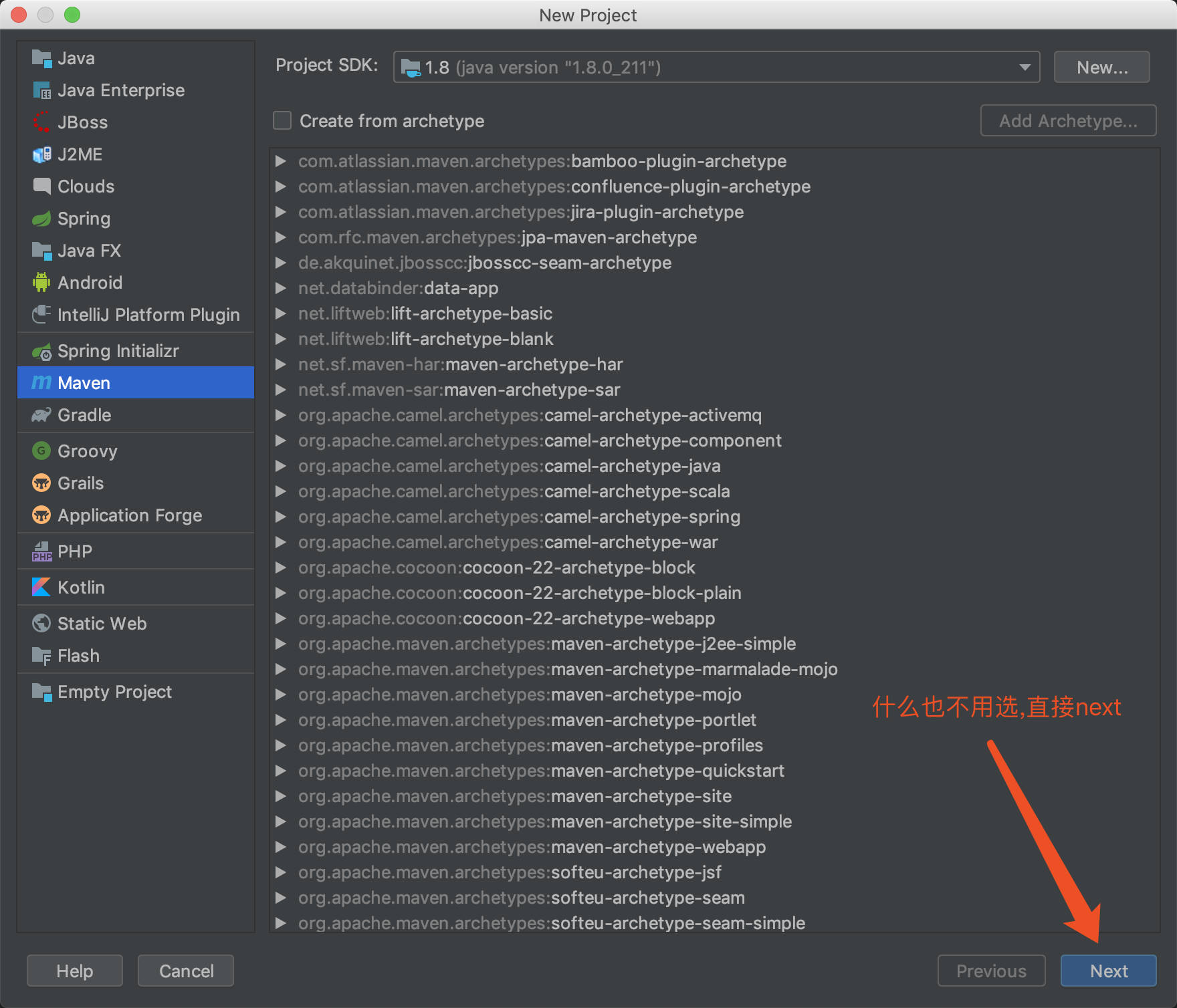
输入我们的GroupID和ArtifactID


点击我们的Finish,我们的第一步就完成了。

自己对比一下创建完成的目录结构是不是一致的。
2.接下来我们导入我们的jar依赖,修改我们的pom.xml
<?xml version="1.0" encoding="UTF-8"?> <project xmlns="http://maven.apache.org/POM/4.0.0" xmlns:xsi="http://www.w3.org/2001/XMLSchema-instance" xsi:schemaLocation="http://maven.apache.org/POM/4.0.0 http://maven.apache.org/xsd/maven-4.0.0.xsd"> <modelVersion>4.0.0</modelVersion> <groupId>com.springboot_xiaocai</groupId> <artifactId>springboot_xiaocai</artifactId> <version>1.0-SNAPSHOT</version> <dependencies> <!-- 加入springboot依赖--> <dependency> <groupId>org.springframework.boot</groupId> <artifactId>spring-boot-starter-parent</artifactId> <version>2.1.7.RELEASE</version> </dependency> <!-- 加入spring mvc-web依赖--> <dependency> <groupId>org.springframework.boot</groupId> <artifactId>spring-boot-starter-web</artifactId> </dependency> </dependencies> <build> <plugins> <!-- 引入一个springboot插件,可以支持我们将web应用打成jar包--> <plugin> <groupId>org.springframework.boot</groupId> <artifactId>spring-boot-maven-plugin</artifactId> </plugin> </plugins> </build> </project>
所有加粗字体为我后来加的,你也可以全部复制到你的pom.xml文件下(注意项目名)。
3.加入我们的配置文件yml,在resources目录下创建application.yml,不创建也可以
application.yml
server:
port: 8888
4.写入我们的启动类,MainStart.java
MainStart.java
package com.springboot_xiaocai.controller; import org.springframework.boot.SpringApplication; import org.springframework.boot.autoconfigure.SpringBootApplication; @SpringBootApplication public class MainStart { public static void main(String[] args) { SpringApplication.run(MainStart.class,args); } }
5.随便编写一个Controller测试类,运行main方法,走起。(贴图带目录结构,自己对比一下自己的对不对)
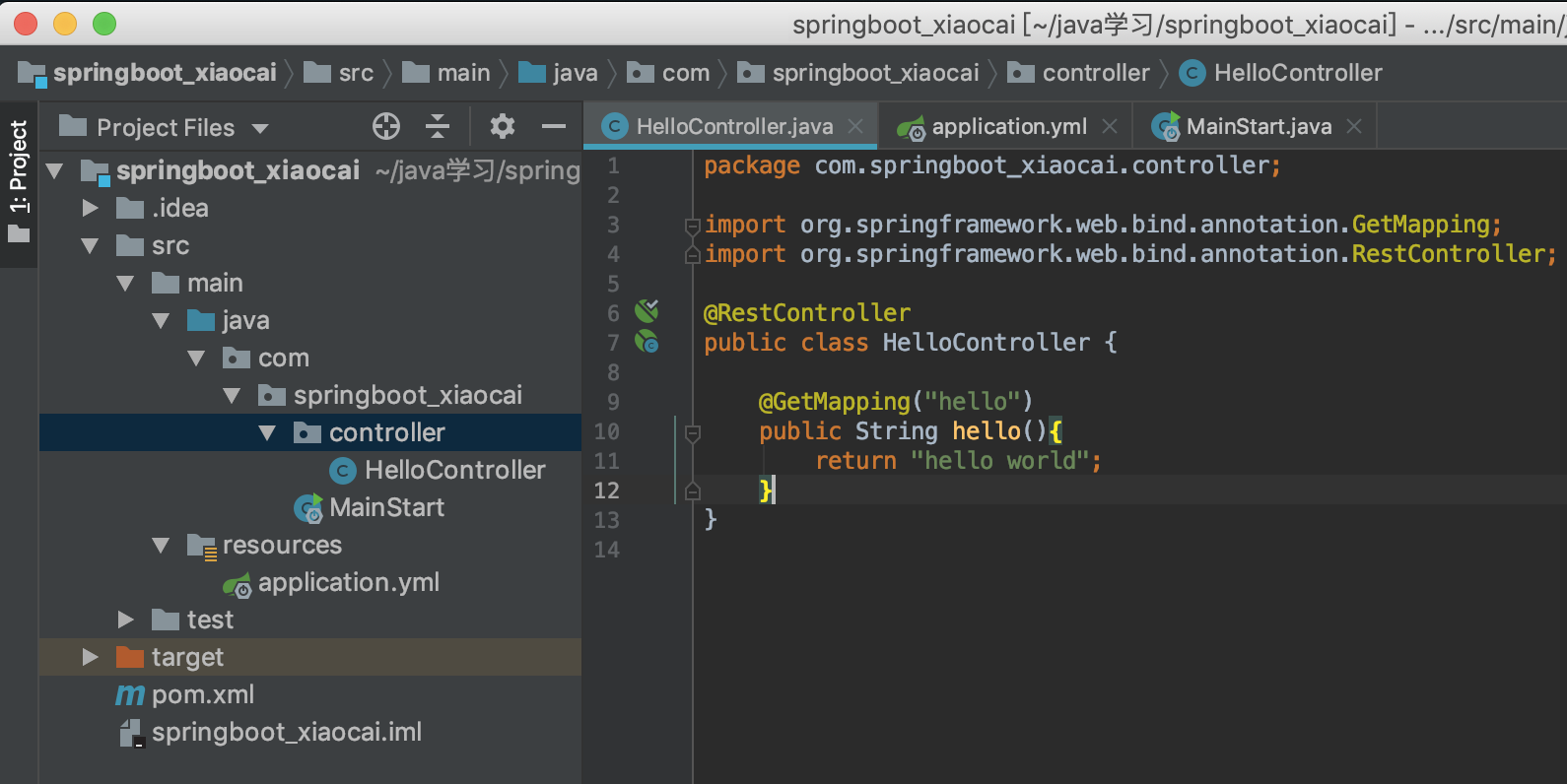
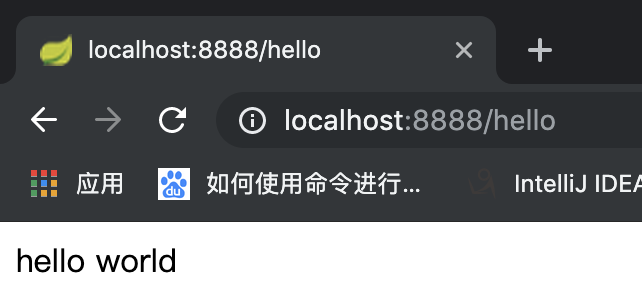
我们的第一种简单搭建就完成了。配置比较麻烦,不建议这样搭建,我们来看第二种搭建方式
三种搭建(二):
1.我们还是来构建一个项目,这里选择Spring Initializr

2.输入参数,点击next

3.选择Web,勾选Spring Web,点击next(有的版本可能没有Spring Web,那你就勾选Spring Web Starter),最上方可以设置spring boot的版本,我这里是2.1.9。

4.随便编写一个测试类,启动,看效果。

三种搭建(三):
第三种几乎没人用的,不是很方便,我只是带着说一下,直接登录https://start.spring.io/ 然后设置相关参数,点击Generate就会生成我们想要的SpringBoot项目了。
上述三种方式,第二种是最好用,也是最常用的,我们只需要记住第二种就可以了。
配置文件:
有的小伙伴看到我的前两种搭建方式配置文件并不一样,一种是application.yml,另外一种是application.properties,这两种配置文件都是可以的,官方推荐我们使用application.yml文件,我可以不接受他的意见,按照个人喜好来咯。
我们很多时候我们的生产环境和我们的开发环境的配置是完全不一致的,我们可以这样来设置
application.yml
spring:
profiles:
active: pro
---
spring:
profiles: dev
server:
port: 1111
---
spring:
profiles: pro
server:
port: 2222
意思就是我们激活pro的配置,下面用三个减号来设置多文档块。
貌似这样的设置还不是特别好,我们再来改一下。将application.yml复制多份,分别叫application-dev.yml和application-pro.yml
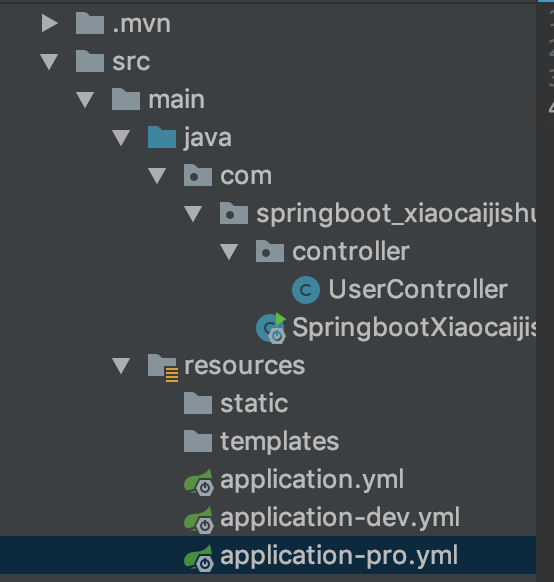
application-pro.yml
server:
port: 2222
这样我们就更好的区分了,我们的配置环境,但貌似还不是很好的,我们的主配置是激活我们的pro配置,不能每次我们开发都设置激活我们的开发环境,然后部署的时候再改为激活生产环境吧。我们再来改一下。
我们保持application.yml配置不动,还是激活我们的Pro配置文件,我们来设置一下我们的启动参数
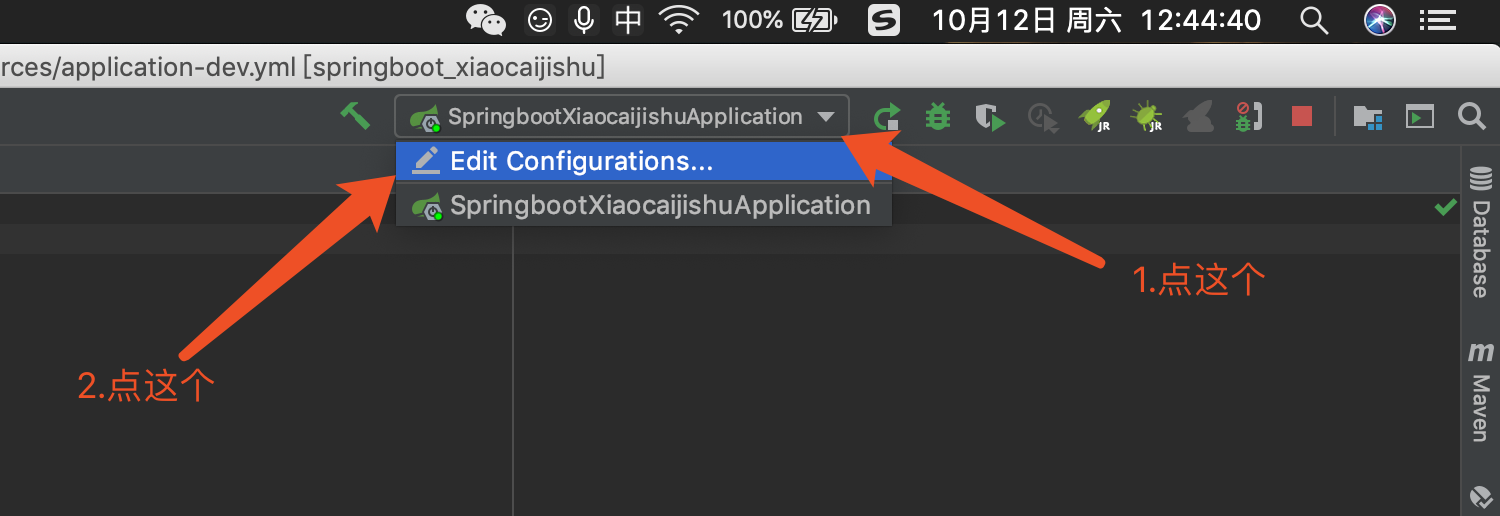
选择我们的主启动类,将我们的启动参数-Dspring.profiles.active=dev配置进去,如果要激活多个可以用|连接,例如-Dspring.profiles.active=dev|pro|st
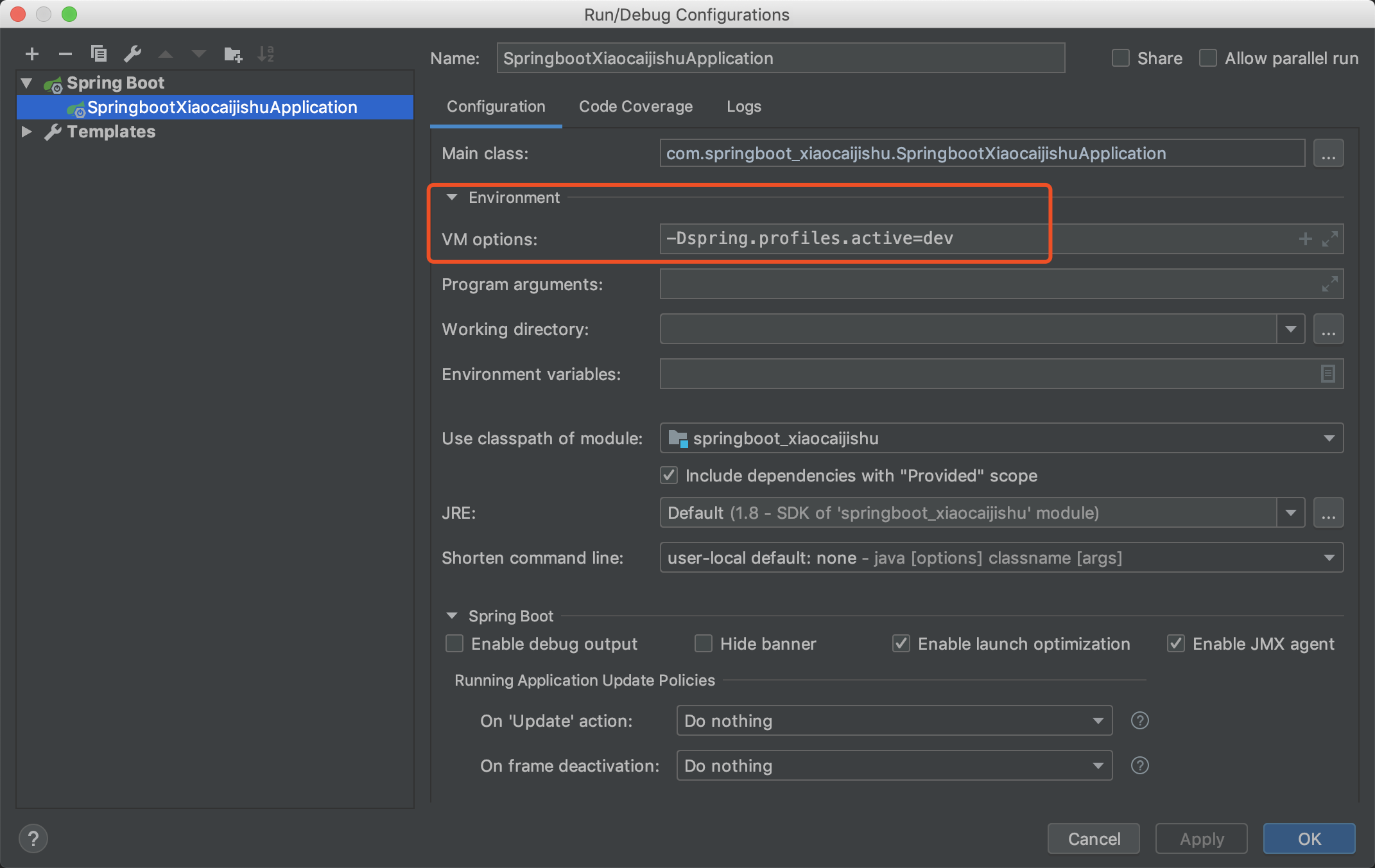
这样配置,我们再启动的时候就管你application.yml配置的激活什么配置,也是不起作用的,只有在我们的编辑器内部配置的参数才是生效的。
JAR与WAR
我们都知道SpringBoot打包出来的都是jar包,我们有时候不得不弄成war包的,比如遇到使用jsp的情况。
首先我们改一下我们的pom文件,设置成<packaging>war</packaging>
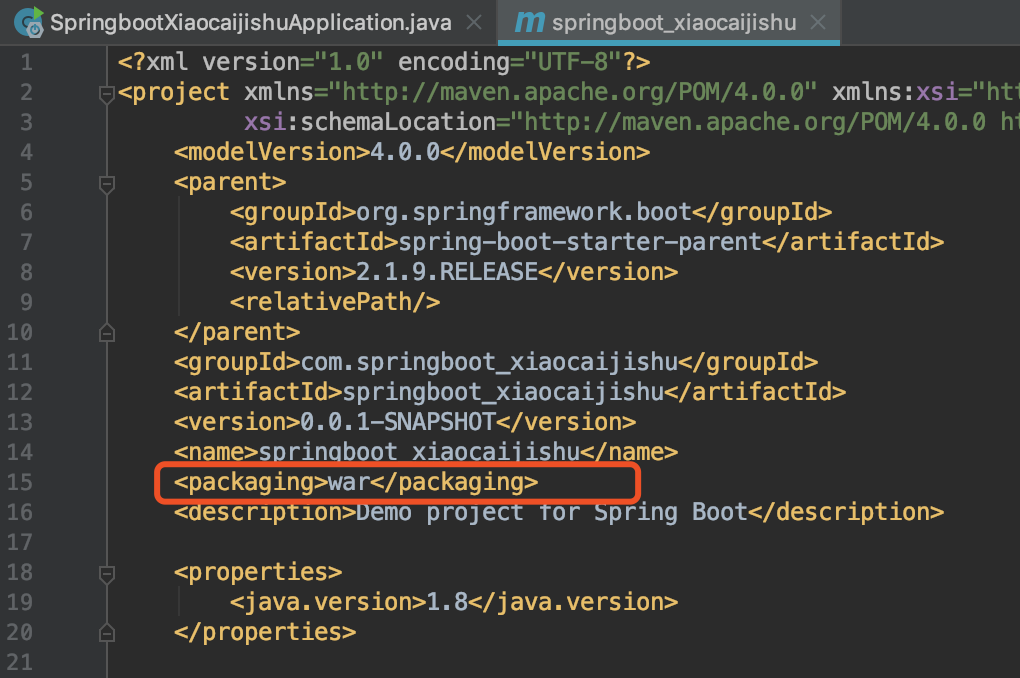
再来一下spring-boot-starter设置为provided

最后一步,改我们的启动类,继承SpringBootServletInitializer类,重写configure方法。
package com.springboot_xiaocaijishu; import org.springframework.boot.SpringApplication; import org.springframework.boot.autoconfigure.SpringBootApplication; import org.springframework.boot.builder.SpringApplicationBuilder; import org.springframework.boot.web.servlet.support.SpringBootServletInitializer; @SpringBootApplication public class SpringbootXiaocaijishuApplication extends SpringBootServletInitializer { public static void main(String[] args) { SpringApplication.run(SpringbootXiaocaijishuApplication.class, args); } @Override protected SpringApplicationBuilder configure(SpringApplicationBuilder builder) { return builder.sources(SpringbootXiaocaijishuApplication.class); } }
打包,配置Tomcat,启动,进入测试类,走起。

这里带两个别的知识,不属于本节的SpringBoot的。

我们嫌弃包的名字太长,不方便,我们可以在<build>标签下设置<finalName>来指定我们的war包名。
<build> <plugins> <plugin> <groupId>org.springframework.boot</groupId> <artifactId>spring-boot-maven-plugin</artifactId> </plugin> </plugins> <finalName>xiaocaijishu</finalName> </build>
读取配置文件:
有时候我们需要读取配置文件的数据,比如自动任务开关,还有一些静态的参数配置,我们可以这样来写
假设我们要读取application.yml的person数据。
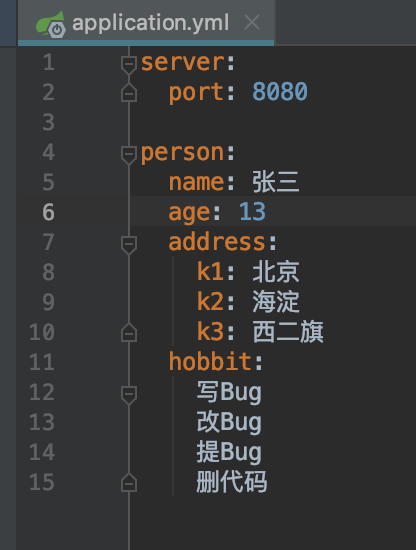
先来改我们的pom文件。添加依赖
<dependency> <groupId>org.springframework.boot</groupId> <artifactId>spring-boot-configuration-processor</artifactId> <optional>true</optional> </dependency>
编写接收参数对象,在上面给予@ConfigurationProperties(prefix = "person")注解,prefix的值就是我们配置文件外层节点的值。

package com.springboot_xiaocaijishu.bean; import org.springframework.boot.context.properties.ConfigurationProperties; import java.util.List; import java.util.Map; @ConfigurationProperties(prefix = "person") public class PersonBean { private String name; private int age; private Map<String, Object> address; private List<String> hobbit; public String getName() { return name; } public void setName(String name) { this.name = name; } public int getAge() { return age; } public void setAge(int age) { this.age = age; } public Map<String, Object> getAddress() { return address; } public void setAddress(Map<String, Object> address) { this.address = address; } public List<String> getHobbit() { return hobbit; } public void setHobbit(List<String> hobbit) { this.hobbit = hobbit; } }
编写我们的测试类
package com.springboot_xiaocaijishu.controller; import com.springboot_xiaocaijishu.bean.PersonBean; import org.springframework.beans.factory.annotation.Autowired; import org.springframework.boot.context.properties.EnableConfigurationProperties; import org.springframework.web.bind.annotation.GetMapping; import org.springframework.web.bind.annotation.RestController; @RestController @EnableConfigurationProperties(PersonBean.class) public class UserController { @Autowired private PersonBean personBean; @GetMapping("getPerson") public PersonBean getPersonBean(){ return personBean; } }
测试走起,看结果。

SelectCompent:(Select过滤器)
以前我们的项目都有web.xml来配置我们的Servlet,现在没有了,我们来看一下配置,我们先创建一个ServletConifg类
ServletConifg类
package com.springboot_xiaocaijishu.servlet; import com.springboot_xiaocaijishu.controller.ServletController; import org.springframework.boot.web.servlet.ServletRegistrationBean; import org.springframework.context.annotation.Bean; import org.springframework.context.annotation.Configuration; @Configuration public class ServletConifg{ @Bean public ServletRegistrationBean addServlet() { ServletRegistrationBean servletRegistrationBean = new ServletRegistrationBean(new ServletController(),"/hello_servlet"); return servletRegistrationBean; } }
编写一个ServletController类
package com.springboot_xiaocaijishu.controller; import javax.servlet.ServletException; import javax.servlet.http.HttpServlet; import javax.servlet.http.HttpServletRequest; import javax.servlet.http.HttpServletResponse; import java.io.IOException; public class ServletController extends HttpServlet { protected void doPost(HttpServletRequest req, HttpServletResponse resp) throws ServletException, IOException { resp.getWriter().write("hello Servlet"); } protected void doGet(HttpServletRequest req, HttpServletResponse resp) throws ServletException, IOException { doPost(req, resp); } }
这时我们启动项目,访问http://localhost:8080/hello_servlet就可以跳转到我们的Servlet下,有了Servlet,我们来添加过滤器吧。添加一个CustomFilter类。
CustomFilter类
package com.springboot_xiaocaijishu.CustomFilter; import javax.servlet.*; import java.io.IOException; public class CustomFilter implements Filter { @Override public void init(FilterConfig filterConfig) throws ServletException { System.out.println("init"); } @Override public void doFilter(ServletRequest servletRequest, ServletResponse servletResponse, FilterChain filterChain) throws IOException, ServletException { System.out.println("CustomFilter的doFilter方法"); filterChain.doFilter(servletRequest, servletResponse); } @Override public void destroy() { System.out.println("destroy"); } }
将我们我Filter注册到Servlet中去,回到我们的ServletConifg类中,添加这样的代码。
/** * 注册一个filter * @return */ @Bean public FilterRegistrationBean<CustomFilter> filterFilterRegistrationBean() { FilterRegistrationBean filterRegistrationBean = new FilterRegistrationBean(); filterRegistrationBean.setFilter(new CustomFilter()); filterRegistrationBean.addUrlPatterns("/*"); return filterRegistrationBean; }
拦截器:
定义一个CustomInterceptor类,实现HandlerInterceptor类。后期我会说下HandlerInterceptor类内部的源码。
package com.springboot_xiaocaijishu.CustomInterceptor; import org.springframework.lang.Nullable; import org.springframework.stereotype.Component; import org.springframework.web.servlet.HandlerInterceptor; import org.springframework.web.servlet.ModelAndView; import javax.servlet.http.HttpServletRequest; import javax.servlet.http.HttpServletResponse; @Component public class CustomInterceptor implements HandlerInterceptor { /** * 方法执行之前 * @param request * @param response * @param handler * @return * @throws Exception */ public boolean preHandle(HttpServletRequest request, HttpServletResponse response, Object handler)throws Exception { System.out.println("preHandle"); return true; } /** * 调用目标方法之后,渲染视图之前 * @param request * @param response * @param handler * @param modelAndView * @throws Exception */ public void postHandle(HttpServletRequest request, HttpServletResponse response, Object handler, @Nullable ModelAndView modelAndView) throws Exception { System.out.println("postHandle"); } /** * 渲染视图之后 * @param request * @param response * @param handler * @param ex * @throws Exception */ public void afterCompletion(HttpServletRequest request, HttpServletResponse response, Object handler, @Nullable Exception ex) throws Exception { System.out.println("afterCompletion"); } }
添加WebConifg类,注册我们的拦截器
package com.springboot_xiaocaijishu.servlet; import com.springboot_xiaocaijishu.CustomInterceptor.CustomInterceptor; import org.springframework.beans.factory.annotation.Autowired; import org.springframework.context.annotation.Configuration; import org.springframework.web.servlet.config.annotation.InterceptorRegistry; import org.springframework.web.servlet.config.annotation.WebMvcConfigurer; @Configuration public class WebConifg implements WebMvcConfigurer { @Autowired private CustomInterceptor CustomInterceptor; /** * 注册拦截器 * @param registry */ public void addInterceptors(InterceptorRegistry registry) { registry.addInterceptor(CustomInterceptor).addPathPatterns("/**").excludePathPatterns("/login","/"); } }
东西实在太多了,有点弄不完了,代码还忘记保留了,下次我一起传代码吧,下次说一下我们继承那些三方插件吧~!


最进弄了一个公众号,小菜技术,欢迎大家的加入

